Pleanary talks will be given in the main conference hall and have duration 50′ for the talk and 10′ for questions and discussion.
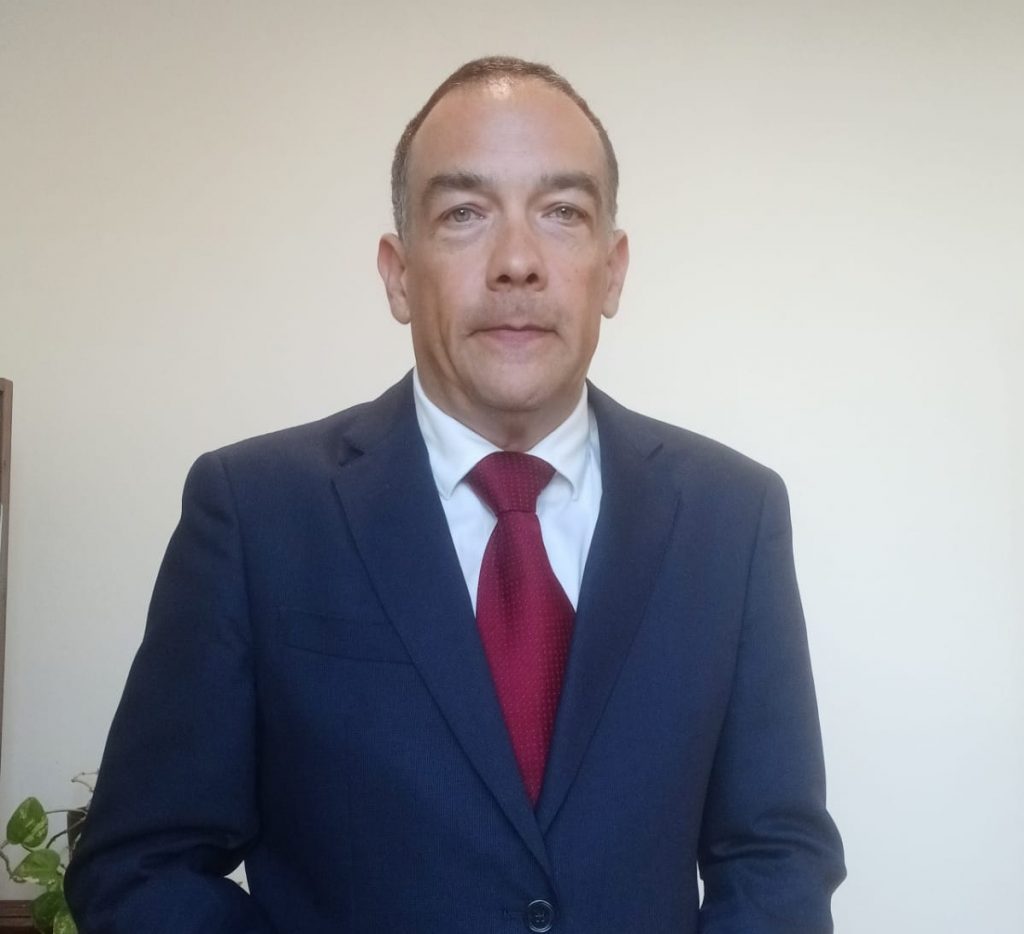
Andrzejak, Ralph Gregor, Department of Information and Communication Technologies, Universitat Pompeu Fabra, Barcelona, Spain
Short Bio
Ralph Gregor Andrzejak is head of the Nonlinear Time Series Analysis group at the Department of Engineering at the Universitat Pompeu Fabra in Barcelona, Spain. His research is positioned at the interface between physics, applied mathematics, neurology and neuroscience. His main objective is to characterize brain functions and dysfunctions from the perspective of dynamical systems theory. He uses three complementary approaches to pursue this goal. (i) The development of innovative nonlinear signal analysis techniques to study data modalities which are specific for brain recordings. (ii) The analysis of electroencephalographic (EEG) recordings from epilepsy patients with regard to the localization of the seizure-generating brain area, the dynamics underlying seizures, and the predictability of seizures. (ii) The study of synchronization in mathematical models of coupled oscillators networks.
Talk Title: TBA
Abstract
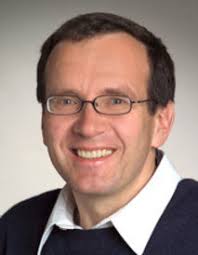
Bodenschatz, Eberhard, Max Planck Institute for Dynamics and Self-Organization, Göttingen, Germany
Short Bio
Talk Title: TBA
Abstract
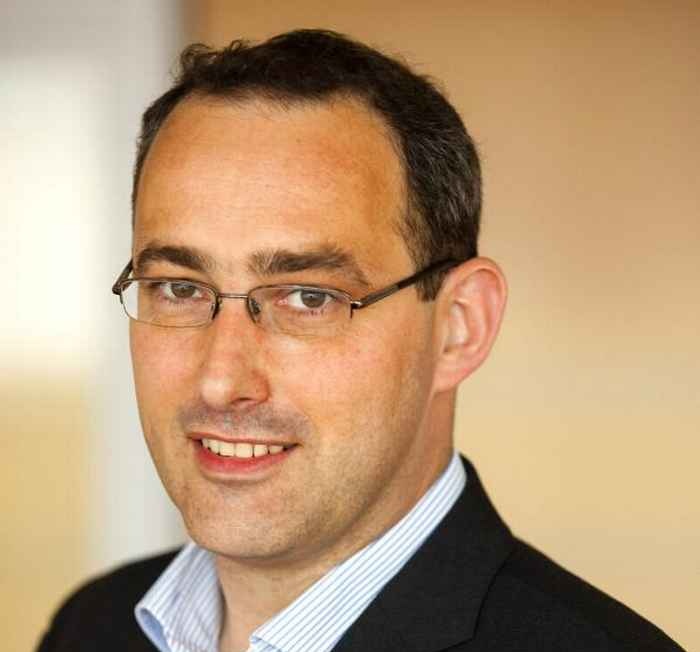
Diks, Cees G. H., Faculty of Economics and Business, University of Amsterdam, Amsterdam, The Netherlands
Short Bio
Cees Diks is Professor of Data Analysis and Economic Statistics at the University of Amsterdam. He holds a master’s degree in theoretical physics (Utrecht University) and a PhD in mathematics (Leiden University). Cees is an expert in time series analysis and economic dynamics. In his research at the Center for Nonlinear Dynamics in Economics and Finance (CeNDEF), he develops statistical methods for analysing economic and financial time series and network data, as well as agent-based economic dynamic models in which agents update their expectations based on new information. His current research also includes work on score-based methods for evaluating competing density forecasts and on explainable AI. He acts as the Programme Director for the master programme in Data Science and Business Analytics and is director of the Research Centre for Sustainable Investments and Insurance (RCSII), a joint initiative of the UvA and a.s.r.
Talk Title: A Bayesian Route to Randomness
Abstract
This paper highlights a Bayesian route to randomness in a new class of economic dynamic models, in which boundedly rational agents employ generalized Bayesian learning to update their beliefs regarding unknown model parameters. Under constant gain learning, prior beliefs don’t fade out as time proceeds and, as a result, can play a prominent role in shaping the dynamics of the endogenous price fluctuations that emerge. This is illustrated in the context of a cobweb model, for which the effects of behavioral biases and heterogeneity in priors on the endogenous price dynamics can be explicitly investigated. For specific choices of heterogeneous priors and learning rates it is shown that the framework nests a number of well-known models for asset pricing and commodity pricing that have been proposed earlier in the agent-based economic dynamics literature. As such, the proposed framework helps identify and interpret the particular assumptions underlying these models in the broader context of an overarching model.
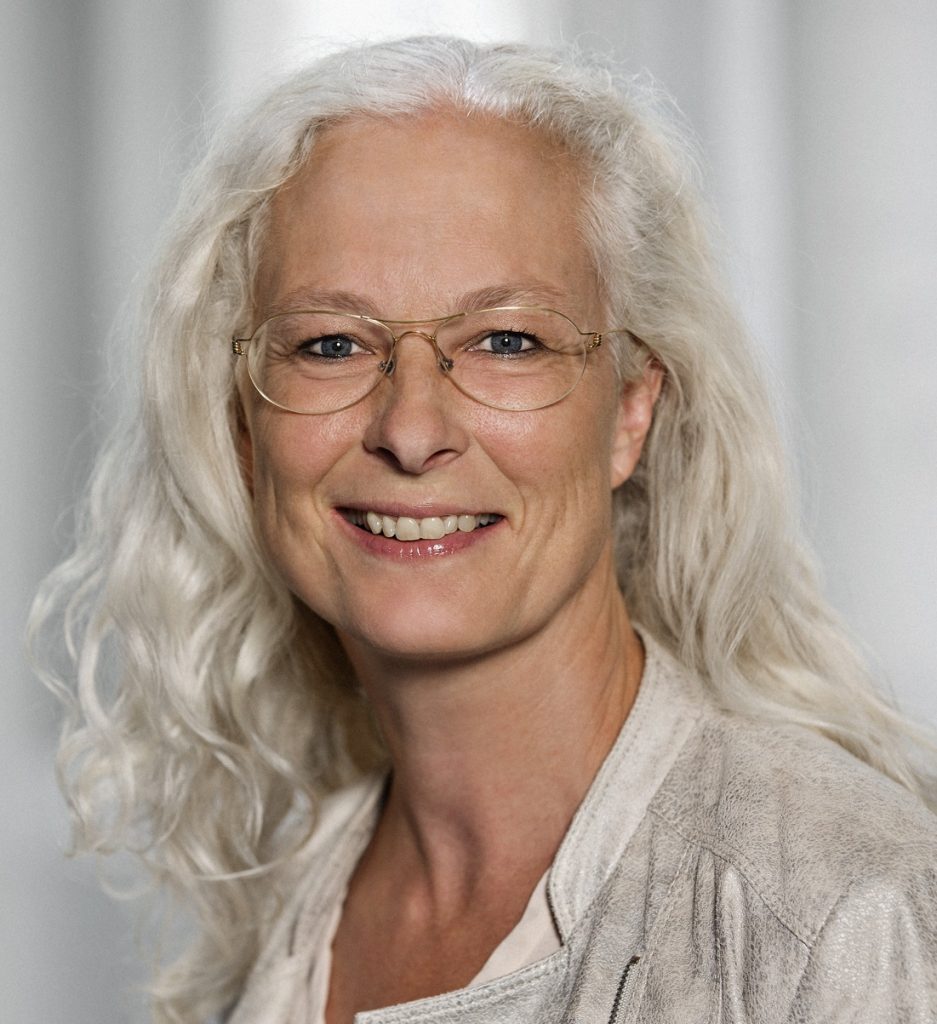
Ditlevsen, Susanne, Department of Mathematical Sciences, University of Copenhagen, Copenhagen, Denmark
Short Bio
Susanne Ditlevsen is full professor of statistics and stochastic models in biology at the Department of Mathematical Sciences at the University of Copenhagen, Denmark. Her research interests center around statistics for stochastic processes, biostatistics, mathematical modeling, nonlinear dynamics, climate changes, particularly tipping points, ecology in the Arctic, and neuroscience. She is the President of the Royal Danish Academy of Sciences and Letters.
Talk Title: Estimating tipping points in climate and ecosystems
Abstract
In recent years there has been an increasing awareness of the risks of collapse or tipping points in a wide variety of complex systems, ranging from human medical conditions, pandemics, ecosystems to climate, finance and society. Even in systems where governing equations are known, such as the atmospheric flow, predictability is limited by the chaotic nature of the system and by the limited resolution in observations and computer simulations. These phenomena are naturally modelled by strongly nonlinear stochastic processes, which permit a statistical description. In this talk I will present methods to analyze data from such complex systems, with applications in climate and ecosystems.
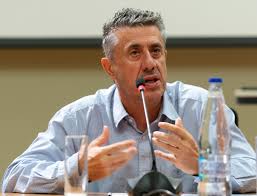
Karagiannidis, George, School of Electrical and Computer Engineering, Aristotle University of Thessaloniki, Thessaloniki, Greece
Short Bio
Talk Title: GNN-Based Architectures for Modeling and Optimizing Dynamic of Wireless Networks
Abstract
Graph neural networks (GNNs) have emerged as a powerful framework for leveraging deep learning (DL) to transform resource allocation in wireless networks. These models excel at capturing the structural properties of graphs that represent wireless networks, enabling them to adapt to dynamic channel state information and evolving network topologies. This talk provides a comprehensive exploration of GNN applications in optimizing wireless networks by addressing three core questions: (1) How can wireless network system parameters be effectively incorporated into GNNs? (2) How can the representational power of GNNs be enhanced? (3) How should the performance of GNNs be assessed in this context? Finally, task-specific evaluation metrics will be presented tailored to DL-driven wireless resource allocation.
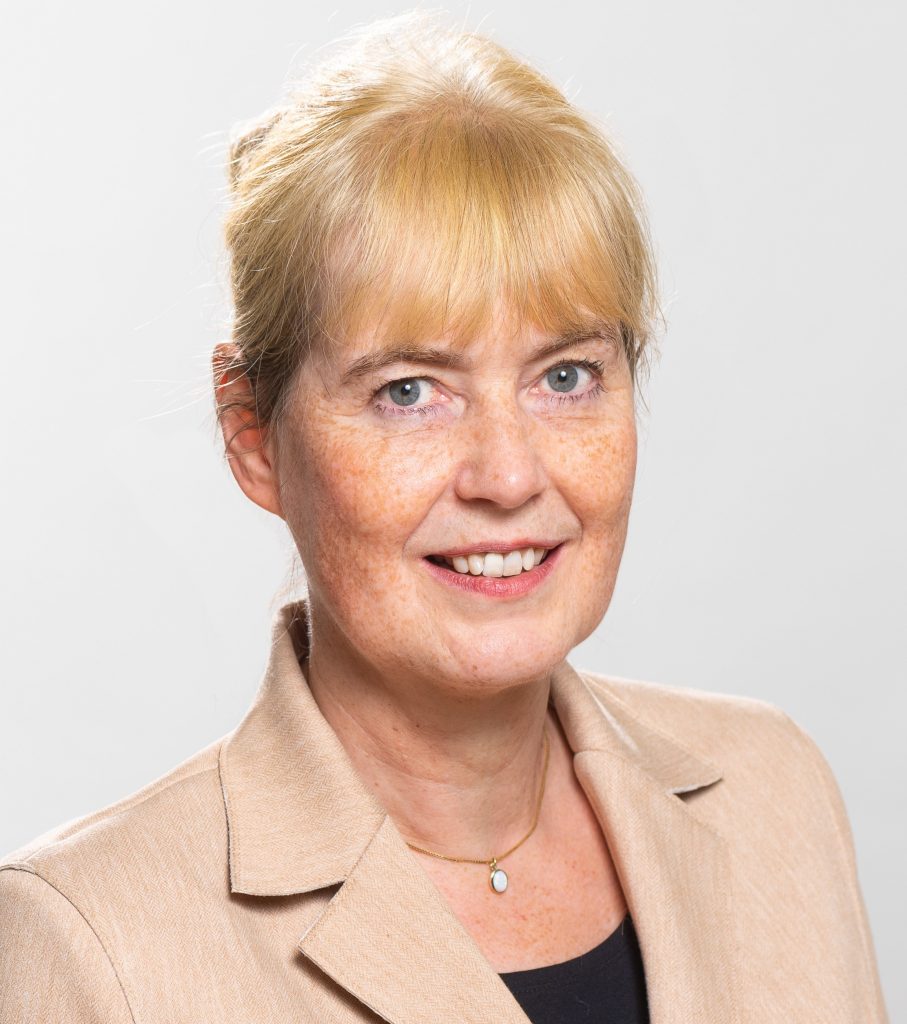
Krischer, Katharina, TUM School of Natural Sciences, Technical University of Munich, Munich, Germany
Short Bio
Katharina Krischer is a Professor of Physics at the Technical University of Munich, Germany. She received her undergraduate degree from the Free University of Berlin, her diploma from the Ludwig-Maximilians University of Munich and completed her doctorate at the Fritz Haber Institute, Berlin. After postdoctoral training at Princeton University, USA, she returned as a group leader to the Fritz-Haber-Institut. In 2002, she moved to Munich to take on her current position. Her research interest lie in fundamental aspects of self-organization and pattern formation under non-equilibrium conditions. Her work includes experiments, which mainly focus on nonlinear phenomena at the solid/liquid interface, and theory. In the theoretical work, she bridges the gap between system specific models and normal form type approaches. She was elected a fellow of the International Society of Electrochemistry (ISE) and served as the ISE president in 2023-2024.
Talk Title: Hierarchies of Cluster States in Ensembles of Coupled Oscillators
Abstract
One of the groundbreaking results in nonlinear dynamics in the last century was the understanding of the emergence of collective behavior and synchronization in coupled oscillators. It helped to understand the dynamics of oscillatory networks in various disciplines and on all scales, from micrometer-scale nanoelectromechanical systems to power grids. Yet, the dynamics of oscillatory networks still raises important, unsolved problems, such as how high-dimensional incoherent states emerge from low-dimensional collective dynamics. Based on our experimental observations in electrochemical systems, I will discuss universal mechanisms that lead to the formation of hierarchies of cluster patterns in ensembles of identical or slightly heterogeneous oscillators. Particular attention is placed on organizing centers that dictate the bifurcation structure at a given level of differentiation, and on how the transition from one level to the next more complex one is realized. I will illustrate that the dynamics follow different but universal paths between synchrony and incoherence depending on the type of coupling.
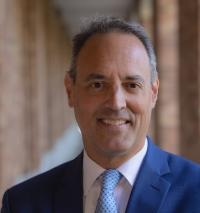
Kutz, J. Nathan, Department of Applied Mathematics, University of Washington, Seattle, USA
Short Bio
Nathan Kutz is the Yasuko Endo and Robert Bolles Professor of Applied Mathematics and Electrical and Computer Engineering and Director of the AI Institute in Dynamic Systems at the University of Washington, having served as chair of applied mathematics from 2007-2015. He received the BS degree in physics and mathematics from the University of Washington in 1990 and the Phd in applied mathematics from Northwestern University in 1994. He was a postdoc in the applied and computational mathematics program at Princeton University before taking his faculty position. He has a wide range of interests, including neuroscience to fluid dynamics where he integrates machine learning with dynamical systems and control.
Talk Title: Learning Dynamics in Latent Spaces
Abstract
Sensing is a universal task in science and engineering. Downstream tasks from sensing include learning dynamical models, inferring full state estimates of a system (system identification), control decisions, and forecasting. These tasks are exceptionally challenging to achieve with limited sensors, noisy measurements, and corrupt or missing data. Existing techniques typically use current (static) sensor measurements to perform such tasks and require principled sensor placement or an abundance of randomly placed sensors. In contrast, we propose a SHallow REcurrent Decoder (SHRED) neural network structure which incorporates (i) a recurrent neural network (LSTM) to learn a latent representation of the temporal dynamics of the sensors, and (ii) a shallow decoder that learns a mapping between this latent representation and the high-dimensional state space. By explicitly accounting for the time-history, or trajectory, of the sensor measurements, SHRED enables accurate reconstructions with far fewer sensors, outperforms existing techniques when more measurements are available, and is agnostic towards sensor placement. In addition, a compressed representation of the high-dimensional state is directly obtained from sensor measurements, which provides an on-the-fly compression for modeling physical and engineering systems. Forecasting is also achieved from the sensor time-series data alone, producing an efficient paradigm for predicting temporal evolution with an exceptionally limited number of sensors. In the example cases explored, including turbulent flows, complex spatio-temporal dynamics can be characterized with exceedingly limited sensors that can be randomly placed with minimal loss of performance.
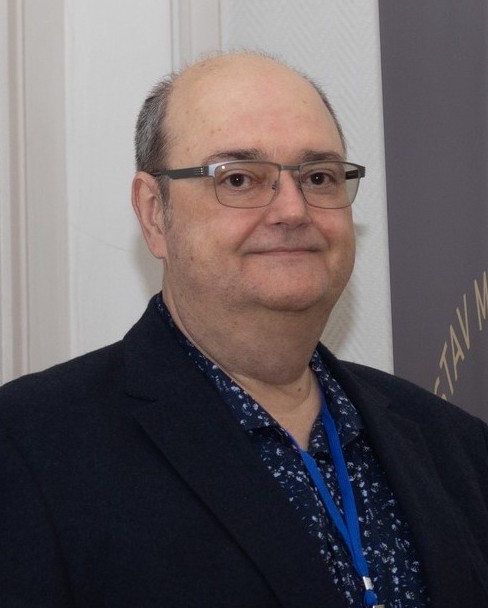
Paluš, Milan, Institute of Computer Science, Academy of Sciences of the Czech Republic, Prague, Czechia
Short Bio
M. Paluš is a senior researcher in nonlinear dynamics and complex systems theory, namely in analysis of (multivariate, multiscale) time series recorded in complex systems, and an expert in applications of methods from information theory and statistics in nonlinear signal analysis. He pioneered applications of information theory for the detection of causality in time series. In this area, he is an author or co-author of influential papers with more than 1500 citations according to the Web of Science. Further interests include the detection of structures in complex datasets, synchronization, predictability, nonlinearity, nonstationarity, fractality, chaos. He has experience in interdisciplinary cooperation with results published in prestigious journals such as Nature Neuroscience, Nature Communications or Science Advances. His works have been applied in diverse fields from physics, geophysics, meteorology, climatology, air pollution, through electrophysiology and neuroscience to finance. According to Web of Science, M. Paluš has over 100 papers in journals with impact factors, which have 4434 citations, 3950 citations without autocitations and his WoS h-index is 34.
Talk Title: Causality and information transfer in complex systems: Multiple scales and extreme events
Abstract
Any scientific discipline strives to explain causes of observed phenomena. Quantitative, mathematical description of causality is possible when studying phenomena that evolve in time and provide measurable quantities which can be registered in consecutive instants of time and stored in datasets called time series. The mathematical formulation of causality in measurable terms of predictability was given by the father of cybernetics N. Wiener [1] and formulated for time series by C. W. J. Granger [2]. The Granger causality is based on the evaluation of predictability in bivariate autoregressive models. This concept has been generalized for nonlinear systems using methods rooted in information theory of Shannon [3,4]. The information-theoretic approach, interpreting causality as information transfer, has been successful in many applications and generalized to multivariate data and causal networks [e.g., 5]. In this talk, we will focus on two important properties of complex systems: the considered systems evolve on multiple time scales and their variables have heavy-tailed probability distributions giving a higher probability to the occurrence of extreme events than in systems described by the normal distribution.
The multiscale character of complex dynamics can be studied within the Shannonian framework [6, 7]. The detection of cross-scale causal interactions [6] starts with a wavelet (or other scale-wise) decomposition of a multi-scale signal into quasi-oscillatory modes of a limited bandwidth, described using their instantaneous phases and amplitudes. Then their statistical associations are tested in order to search interactions across time scales. For instance, analysing data from the Earth climate system, causal influence and information transfer from large-scale modes of climate variability, characterized by time scales from years to almost a decade, to regional temperature variability on short time scales was uncovered. In particular, a climate oscillation with the period around 7-8 years has been identified as a factor influencing variability of surface air temperature (SAT) on shorter time scales. Its influence on the amplitude of the SAT annual cycle was estimated in the range 0.7-1.4°C, while its strongest effect was observed in the interannual variability of the winter SAT anomaly means where it reaches 4-5°C in central European station and reanalysis data [7]. In the dynamics of the El Ni˜no-Southern Oscillation (ENSO), three principal time scales – the annual cycle (AC), the quasibiennial (QB) mode(s) and the low-frequency (LF) variability – and their causal network have been identified [8]. Recent results show how the phases of ENSO QB and LF oscillations influence amplitudes of precipitation variability in east Asia in the annual and QB scales [9]. This approach also successfully identifies directed cross-frequency coupling in the brain dynamics [10]. The information-theoretic approach can also uncover frequency-specific causality from phases of high-dimensional nonlinear systems [11].
Extreme events, particularly the understanding of their occurrence, represent a rapidly evolving multidisciplinary scientific field, much like causal inference. However, there remains a surprisingly limited interaction between these two areas of research.
One approach considers conditional distributions in data with heavy tails [12, 13], basically asking the question: Do extremes in one variable cause extremes in another variable? In order to ask a more general question, in particular, which of potential cause variables is the likely cause of extremes in the effect variable, we employ the information-theoretic generalization of the Granger causality [3, 4]. The information theory of Shannon, however, needs to be extended by the entropy concepts of Renyi and Tsallis which have been proposed to cope with variables with heavy-tailed probability distributions. We reformulate the conditional mutual information, a.k.a. transfer entropy in the framework of Renyi information and demonstrate its performance using simulated data with known causal structure. As a real data example from the Earth climate system, we apply the approach to assess the causal influence of the North Atlantic Oscillation, blocking events and the Siberian high on winter and spring cold waves in Europe. Using the non-Shannonian information-theoretic concepts we bridge the inference of causality and understanding of the occurrence of extreme events [14].
This study was supported by the Czech Science Foundation, project No. 25-18105S, and by the Czech Academy of Sciences, Praemium Academiae awarded to M. Paluš.
[1] N. Wiener, in: E. F. Beckenbach (Editor), Modern Mathematics for Engineers (McGraw-Hill, New York, 1956)
[2] C.W.J. Granger, Econometrica 37 (1969) 424
[3] K. Hlavackova-Schindler et al., Physics Reports 441 (2007) 1
[4] M. Paluš, M. Vejmelka, Physical Review E 75 (2007) 056211
[5] J. Runge et al., Nature Communications 6 (2015) 8502
[6] M. Paluš, Physical Review Letters 112 (2014) 078702
[7] N. Jajcay, J. Hlinka, S. Kravtsov, A. A. Tsonis, M. Paluš, Geophysical Research Letters 43(2) (2016) 902–909
[8] N. Jajcay, S. Kravtsov, G. Sugihara, A.A. Tsonis, M. Paluš, npj Climate and Atmospheric Science 1(1) (2018) 33
[9] Y. Latif, K. Fan, G. Wang, M. Paluš, Cross-scale causal information flow from the El Ni˜no–Southern Oscillation to precipitation in eastern China. Earth System Dynamics 15(6) (2024) 1509–1526.
[10] A. Arinyo-I-Prats, V. J. Lopez-Madrona, M. Paluš, Lead/Lag directionality is not generally equivalent to causality in nonlinear systems: Comparison of phase slope index and conditional mutual information. NeuroImage 292 (2024) 120610.
[11] I. Vlachos, D. Kugiumtzis, M. Paluš, Causality from phases of high-dimensional nonlinear systems. Information Sciences 697 (2025) 121761
[12] N. Gnecco, et al., Ann. Stat. 49(3) (2021) 1755–1778
[13] J. Bodik, M. Paluš, Z. Pawlas, Extremes 27(1) (2024) 67-121
[14] M. Paluˇs, M. Chvostekova, P. Manshour, Causes of extreme events revealed by Renyi information transfer. Science Advances 10(30) (2024) eadn1721
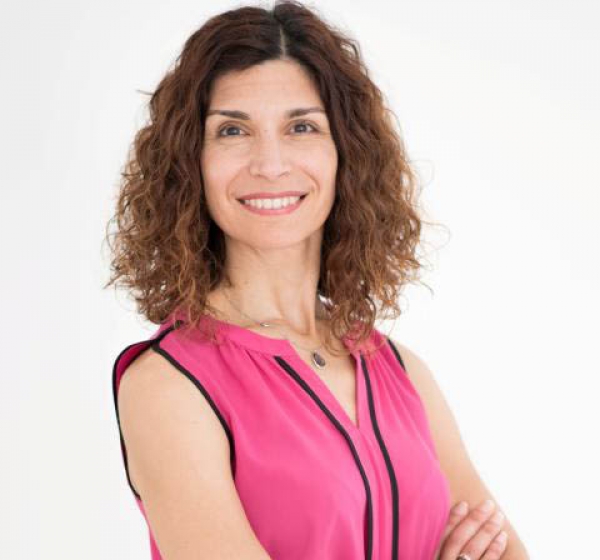
Short Bio
Panayiota Poirazi is a Research Director and head of the Dendrites Lab (www.dendrites.gr) at the Institute of Molecular Biology and Biotechnology (IMBB) of the Foundation for Research and Technology-Hellas (FORTH). She has a Bachelor in Mathematics from the University of Cyprus, and a Ph.D. in Biomedical Engineering from the University of Southern California in Los Angeles. She is interested in understanding how dendrites contribute to biological and artificial intelligence and uses computational approaches, often in conjunction with experiments, to answer this question. Her work has significantly advanced our understanding of how single neurons compute, by revealing the power of dendrites in solving difficult problems. She received numerous awards for her academic achievements, including an Einstein Foundation fellowship, the Alexander von Humboldt Wilhelm Bessel Research Award, an ERC Starting Grant and an EMBO YIP award, among others. She is a member of EMBO and the Secretary General of FENS (Federation for European Neuroscience Societies).
Talk Title: Dendritic contributions to learning in biological and artificial networks
Abstract
Dendrites are thin processes that extend from the cell body of neurons and receive the vast majority of synaptic input. Their biophysical, anatomical and plasticity properties allow them to shape incoming signals in complex ways and have thus been suggested to serve as key players in learning and memory functions. In my presentation I will discuss various projects from our lab that illuminate the role of dendrites in complex brain functions as well as recent work where we adopt dendritic features to improve learning in artificial neural networks. I will also present recent experimental findings where we use behavioural experiments in rodents and 2photon imaging to unravel the synaptic basis of behavioural flexibility.
Relevant references:
[1] Panayiota Poirazi & Athanasia Papoutsi. Illuminating dendritic function with computational models. Nature Reviews Neuroscience, 11 May 2020 | DOI: 10.1038/s41583-020-0301-7
[2] Chavlis S, Poirazi P. Drawing inspiration from biological dendrites to empower artificial neural networks. Current Opinion in Neurobiology, Oct 2021. doi: 10.1016/j.conb.2021.04.007
[3] Chavlis S, Poirazi P. Dendrites endow artificial neural networks with accurate, robust and parameter-efficient learning. Nature Communications, Jan 2025 | DOI: 10.1038/s41467-025-56297-9
[4] Pagkalos M, Makarov R, Poirazi P. Leveraging dendritic properties to advance machine learning and neuro-inspired computing. Current Opinion in Neurobiology, Apr 2024 | DOI: 10.1016/j.conb.2024.102853
[5] Pagkalos M, Chavlis S, Poirazi P. Introducing the Dendrify framework for incorporating dendrites to spiking neural networks. Nature Communications, Jan 2023 | DOI: 10.1038/s41467-022-35747-8
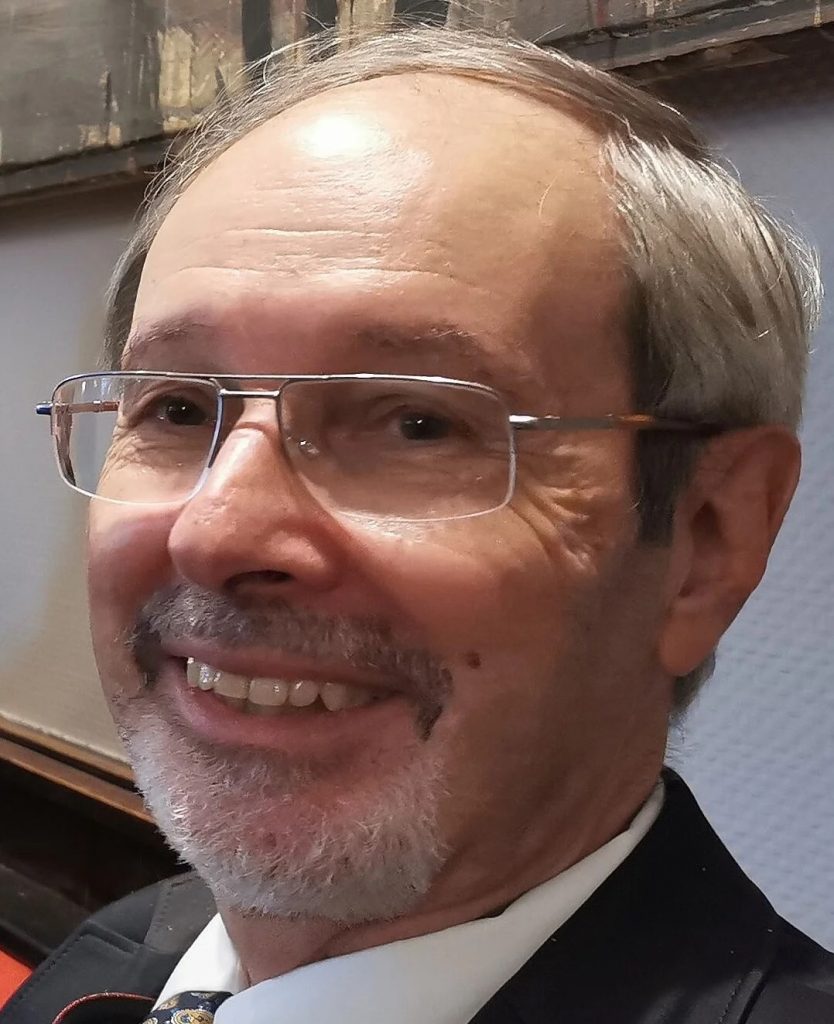
Schöll, Eckehard, Institute for Theoretical Physics, Technische Universität Berlin, Berlin, Germany
Short Bio
Eckehard Schöll is Professor Emeritus of Theoretical Physics at TU Berlin, Germany, and Principal Investigator of the Bernstein Center for Computational Neuroscience Berlin. He holds PhD degrees in mathematics from the University of Southampton/UK and in physics from RWTH Aachen/Germany, and an Honorary Doctorate from Saratov State University/Russia. He is President of the International Physics and Control Society (IPACS), a member of the German Physical Society (DPG, Badge of Honor 2018), a member of the Italian Society for Chaos and Complexity (SICC), and a Board member of the Network Science Society. He is Speciality Chief Editor of the open access Journal Frontiers in Network Physiology: Networks of Dynamical Systems. He has authored about 600 publications in peer-reviewed journals (Hirsch index h=78, google scholar) and 3 books (among these the Handbook of Chaos Control), and is editor of 5 books and 14 topical journal issues. He is an expert in the field of nonlinear dynamical systems and complex networks. His work pertains to a wide area of research in the fields of mathematics and physics, particularly semiconductor physics, laser physics, computational neuroscience, synchronization of complex systems and networks, time-delayed feedback control, and bifurcation theory. His latest research is also related to topics in biology and technology, e.g. simulation of the dynamics in physiological or neuronal networks and power grids. He is one of the forerunners into the research of chimera states.
Talk Title: Synchronization Scenarios in Complex Networks: from Brain Dynamics to Power Grids
Abstract
Synchronization is a widespread phenomenon occurring in dynamical networks of nonlinear oscillators in a variety of natural, socio-economic, and technological systems. We review synchronization scenarios emerging in networks of statically or adaptively coupled nonlinear oscillators. Power grids, as well as neuronal networks with synaptic plasticity describe real-world systems of tremendous importance for our daily life. An intriguing example are chimera states which consist of spatially coexisting domains of coherent (synchronized) and incoherent (desynchronized) dynamics, i.e., seemingly incongruous parts. We show that a plethora of partial synchronization patterns, like chimera states, cluster states or solitary states, may arise if one considers coupled phase and amplitude dynamics, and complex network topologies. We also focus on the role of time-delayed coupling in controlling these patterns, and on the subtle interplay of local dynamics, delay, and the network structure. Synchronization transitions are also associated with nonequilibrium phase transitions and critical collective phenomena.
Further, this contribution provides a new perspective by demonstrating that power grids can be viewed as a special class of adaptive networks, where the coupling weights are continuously adapted by feedback of the dynamics, and both the local dynamics and the coupling weights evolve in time as co-evolutionary processes. Such adaptive networks are very common in neural networks with synaptic plasticity. In terms of power grids, the power flow into the network nodes from other nodes represent pseudo coupling weights. This modelling approach allows one to transfer methods and results from neural networks, in particular the emergence of solitary states and multifrequency clusters, which may form in a hierarchical way and destabilize the desirable completely synchronized operating state of the power grid.

Small, Michael, School of Physics, Maths and Computing, University of Western Australia, Perth, Australia
Short Bio
Michael Small is a professor of applied mathematics at the University of Western Australia where he is also Director of the UWA Data Institute and the CSIRO-UWA Chair of Complex Systems. He has previously held academic positions in Hong Kong and in the United Kingdom. His research interests focus on data driven methods in applied mathematics – particularly in chaotic dynamics, dynamical systems, complex systems and complex networks. His work has many applications and currently funded projects include three Australian Government Training Centres and Research Hubs in Industrial Maintenance, Oceans, and Transport and several medical research projects focussed on Indigenous Mental Health and Wellbeing. He is currently Deputy Editor in Chief of the journal Chaos and Main Editor of Physica A.
Talk Title: Spreading process on networks and network dimension
Abstract
It would be somewhat understated to say that there has been a recent growth in the interest of spreading processes on networks. Whether for disease propagation or misinformation, these models are finding an increasing appeal. Nonetheless, the fundamental mathematical models that characterise these processes assume that the degrees of connected nodes are independent – something that is quite definitely false in almost all of the archetypal models. We address this by introducing a quantity that mimics the correlation dimension in the case of networks and allows one to predict the spreading processes on networks more accurately. There is a range of interesting applications of these ideas – some of which I will hope to describe in this talk: the spread of SARS and Avian Influenza in Hong Kong in 2003 and 2009, the coronavirus pandemic of 2020, and the spread of misinformation via bad actors on social networks.
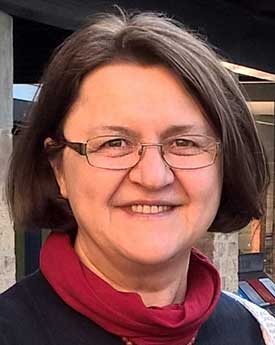
Stefanovska, Aneta, Data Science Institute, University of Lancaster, Lancaster, UK
Short Bio
Talk Title: TBA


